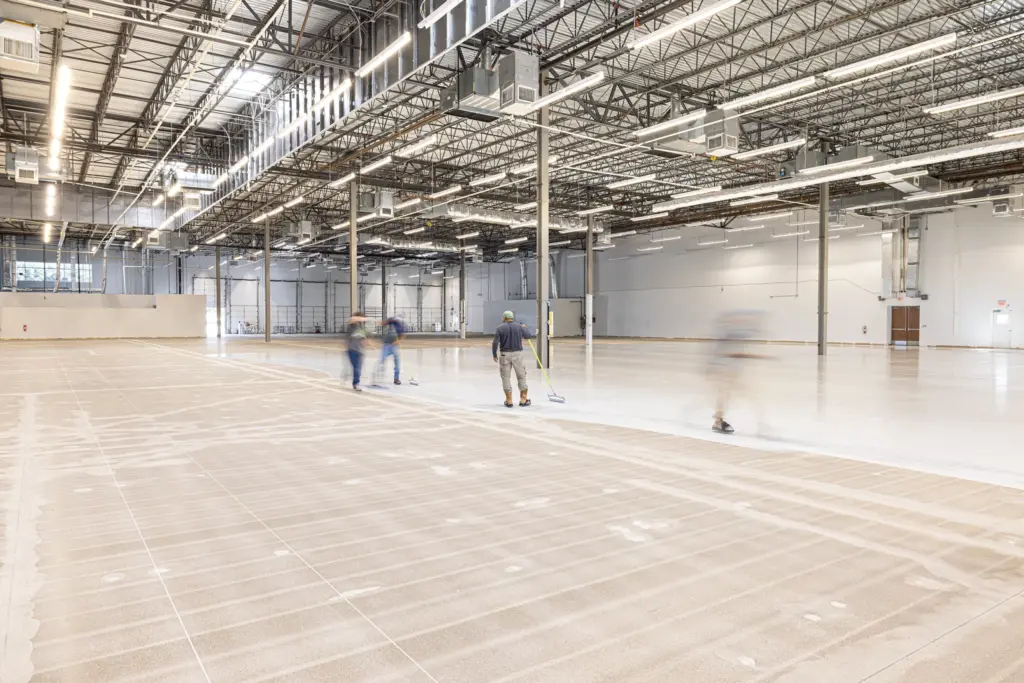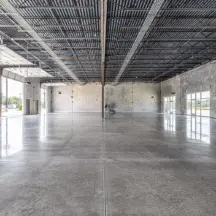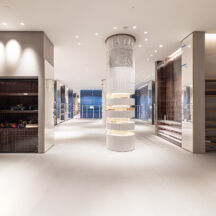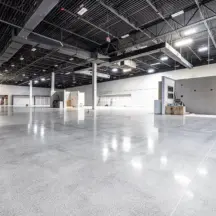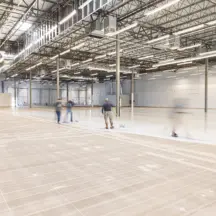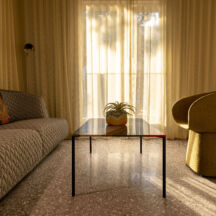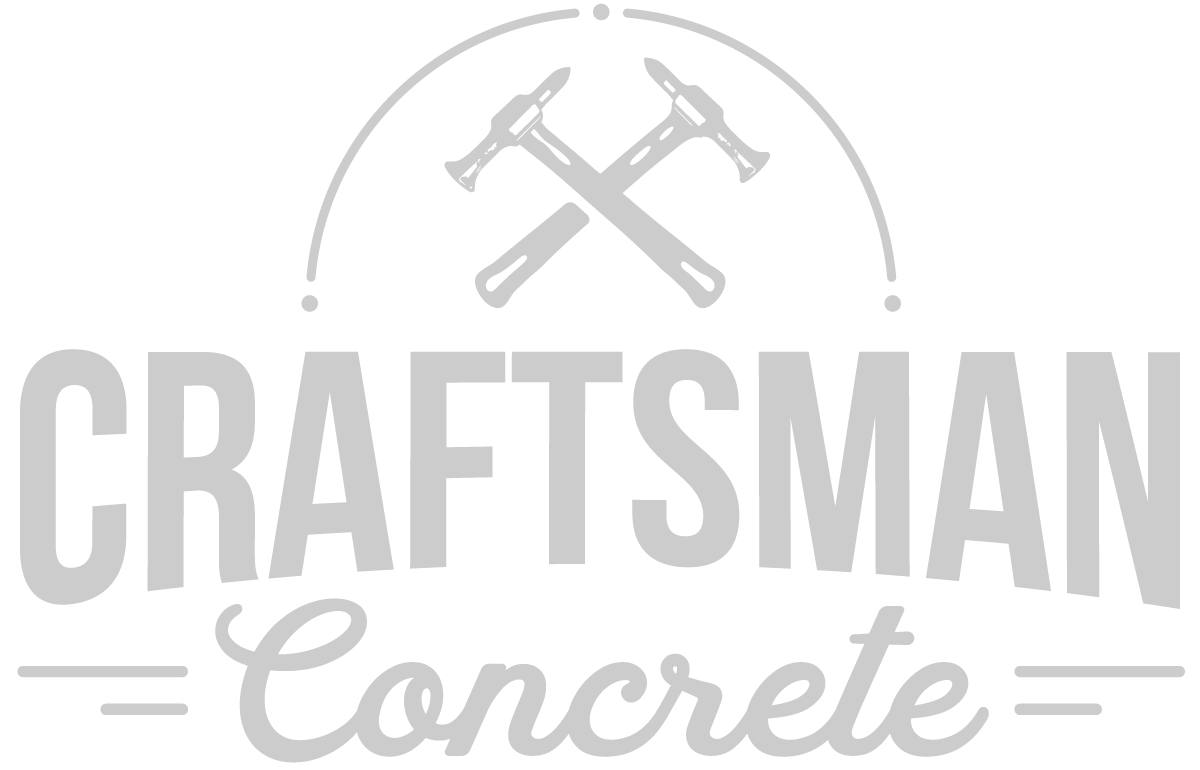Expert Nationwide Polished Concrete Installation
Craftsman Concrete Floors specializes in the installation of polished concrete floors for commercial and residential applications. As one of the country’s largest installers of residential polished concrete floors, we’ve developed a proprietary concrete polishing system that meets the stringent quality demands of luxury construction. Polished concrete is a resilient, budget-friendly flooring option that’s easy to clean and light-reflective. It’s commonly used in retail, industrial, and residential projects.
Our team includes well-known veterans of the concrete industry with extensive experience in installation, materials manufacturing, and product development. As a testament to our expertise, we are proud to be a manufacturer-certified installer for renowned concrete brands such as MAPEI and Westcoat.
At Craftsman Concrete Floors, our commitment is to environmental sustainability. We know that our customers install concrete flooring to minimize waste and environmental impact. To support this commitment, we power our facilities with 100% renewable energy, use electric cars where possible, and purchase carbon credits to offset the greenhouse gases from our other vehicles.
Discuss your project & Get a Quote
We’re here to guide you through the design of our products. A Concrete Floor Specialist will reach out within one business day.
Frequently Asked Questions about Polished Concrete Floors
Polished concrete installation is a multi-step process that includes grinding the concrete slab flat, adding a penetrating liquid that reduces the porosity of the concrete, and then polishing the surface to the desired level of reflectivity.
Because polished concrete floors utilize the structural slab of a building, they’re extremely durable. Properly installed polished concrete floors are extremely abrasion and stain resistant, and should last decades with little to no maintenance.
Most polished concrete floors cost between $2.50 and $9 a square foot. For extremely small or large jobs, pricing may be outside of this range.
Polished concrete floors require little maintenance. They should be dust-mopped and cleaned regularly with a pH-neutral cleaner. However, for commercial floors that receive extremely high traffic, periodic repolishing may be required.
Polished concrete floors are considered a non-slip installation. Excessive water on polished floors can make them slippery. For high-traffic use-cases, walk-off mats can be incorporated into the polished concrete floors at doorways to reduce water intrusion onto the floor.
Concrete tends to crack over time due to settling and thermal fluctuations. However, cracking can be limited by installing control joints at the interval specified by a structural engineer.
Yes, polished concrete floors are considered eco-friendly because they utilize the existing concrete slab to create a finished floor. Reduced maintenance waste and reduced lighting requirements due to reflectivity also contribute to polished concrete’s environmental benefits. LEED credits are offered for installing polished concrete floors.
Absolutely. At Craftsman Concrete, we’ve installed thousands of residential polished concrete floors and guide you through every step, from pouring the slab to installing millwork. Polished concrete offers a sleek, modern look that’s both durable and low-maintenance for residential spaces.
Low-gloss polished concrete floors offer a durable, attractive finish for outdoor spaces like patios. They’re comfortable underfoot, easy to clean, and stain-resistant.
Yes, any concrete can be polished, but the final appearance depends heavily on the quality of the slab.
Yes, polished concrete has a similar temperature to tile. However, its thermal mass allows it to retain heat well, making it ideal for in-floor heating systems.
we install Polished Concrete nationwide
Educational Polished Concrete Floor Articles
Regional Office Locations
Dallas | Fort Worth | Austin | Houston | San Antonio | DENVER
Craftsman Concrete Floors is a specialty floor installation company headquartered in Dallas, Texas. Founded in 1999, we offer nationwide in-house service installing Polished Concrete, ESD Epoxy, Terrazzo Floors, Urethane Cement, and Concrete Overlays through our regional offices.
Our Clients




















Blog
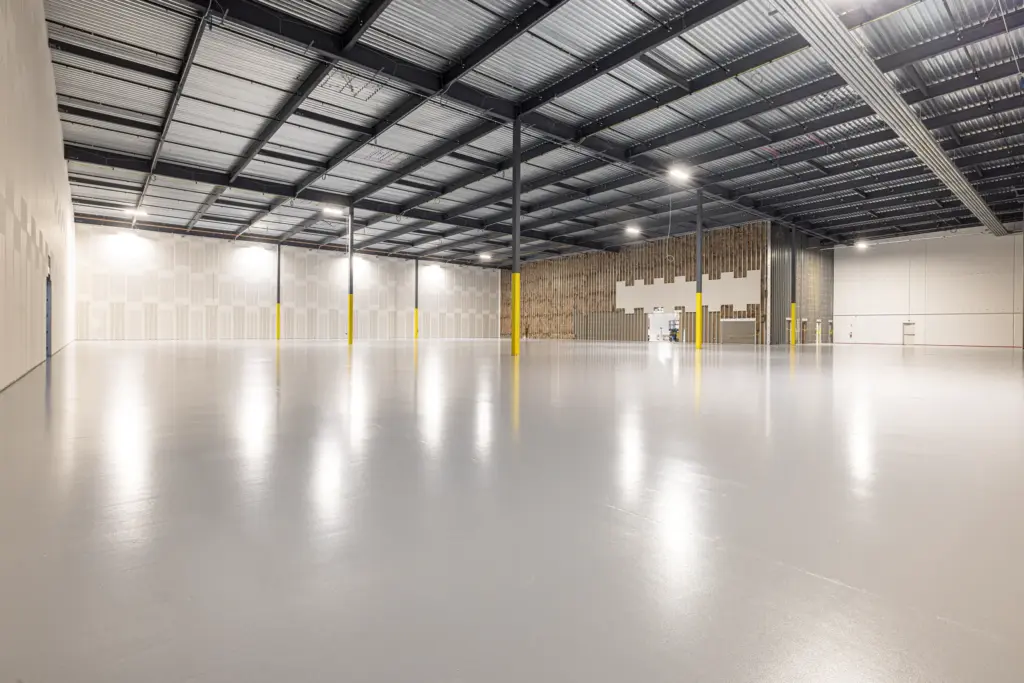
Project Highlight: 34,000 Sq. Ft. ESD Epoxy Installation in Dallas, Texas
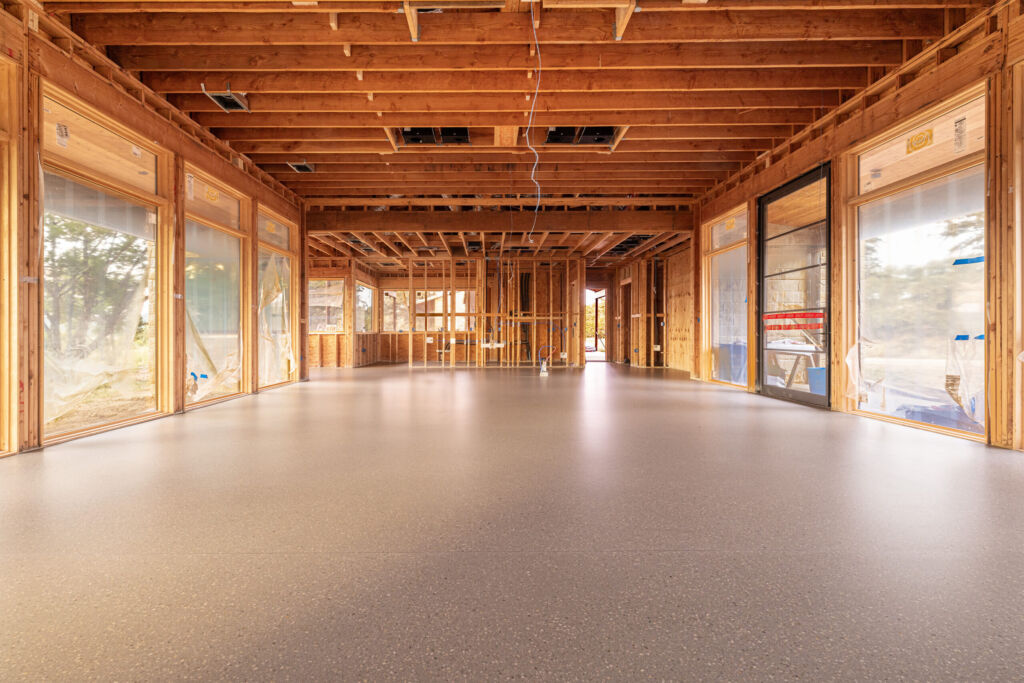
Project Highlight: New Residential Terrazzo Floors in Fort Worth, Texas
